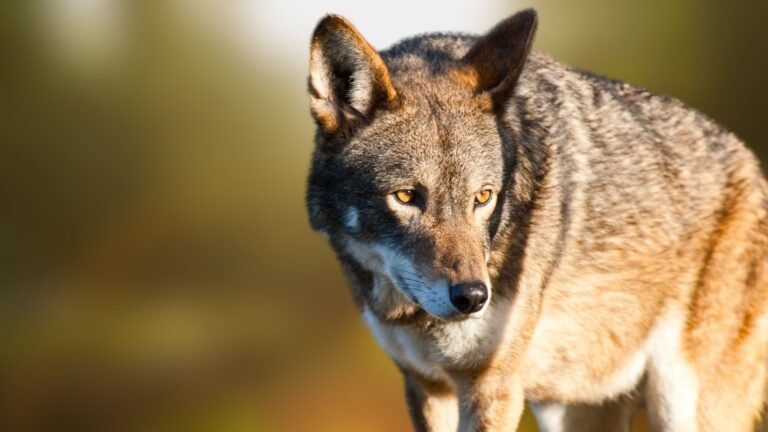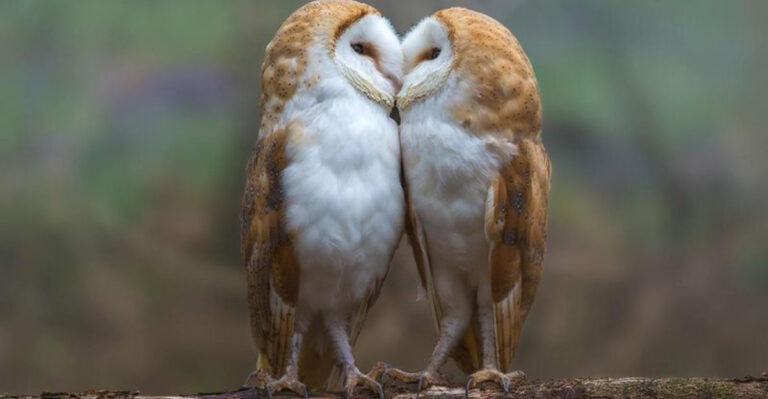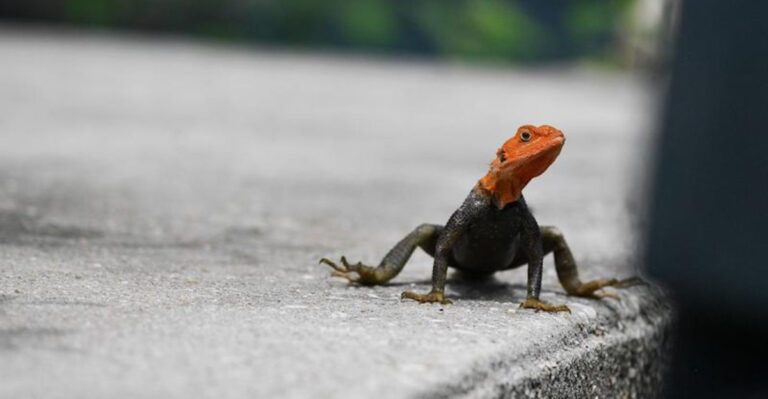15 Animals That Make Tennessee’s Wilderness Feel Untouched

Tennessee’s diverse landscapes harbor incredible wildlife that few visitors ever glimpse. From misty mountain peaks to winding river valleys, these creatures roam freely in habitats that remain surprisingly pristine.
When you spot one of these remarkable animals in their natural setting, you can’t help but feel transported to a time before human development changed the American wilderness.
Black Bears Roaming The Smoky Mountains
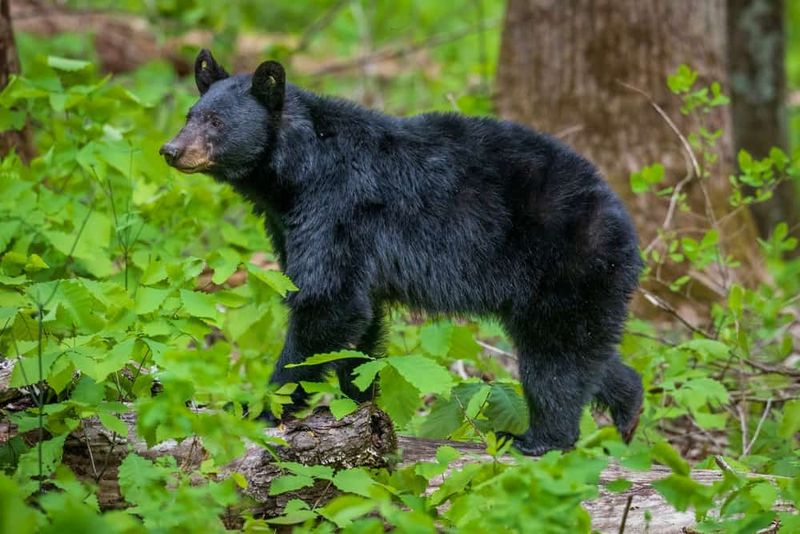
Catching a glimpse of shaggy fur between mountain laurel bushes might just make your heart skip a beat. These woodland giants have made a remarkable comeback in recent decades.
Tennessee’s population now thrives especially in the Great Smoky Mountains, where around 1,500 bears wander freely. Their presence signals a healthy ecosystem where natural food chains remain intact.
Elusive Bobcats Stalking The Forests

Rarely seen but often nearby, these stealthy predators move like ghosts through Tennessee’s woodlands. Twice the size of house cats with distinctive spotted coats and tufted ears, bobcats hunt primarily at dawn and dusk.
Their secretive nature makes spotting one a true wilderness achievement. Listen for their eerie calls that sound surprisingly like a child crying – a haunting reminder of wild Tennessee.
Bald Eagles Soaring Over Reelfoot Lake
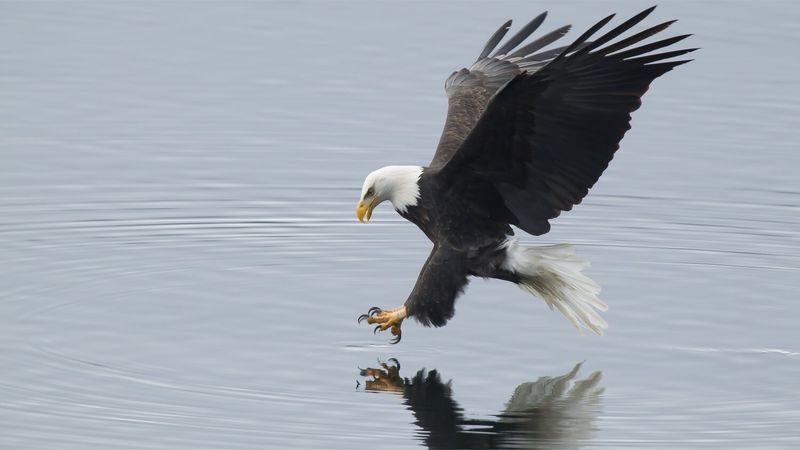
Against winter’s pale sky, dark silhouettes circle with seven-foot wingspans. Reelfoot Lake has become a sanctuary for our national symbol, especially during winter months when hundreds migrate here.
From extinction’s edge to thriving recovery, these majestic birds represent conservation success. Watching an eagle dive toward water at 100 mph to snatch fish reminds visitors of nature’s raw power in Tennessee’s wild places.
Timber Rattlesnakes Guarding Rocky Outcrops
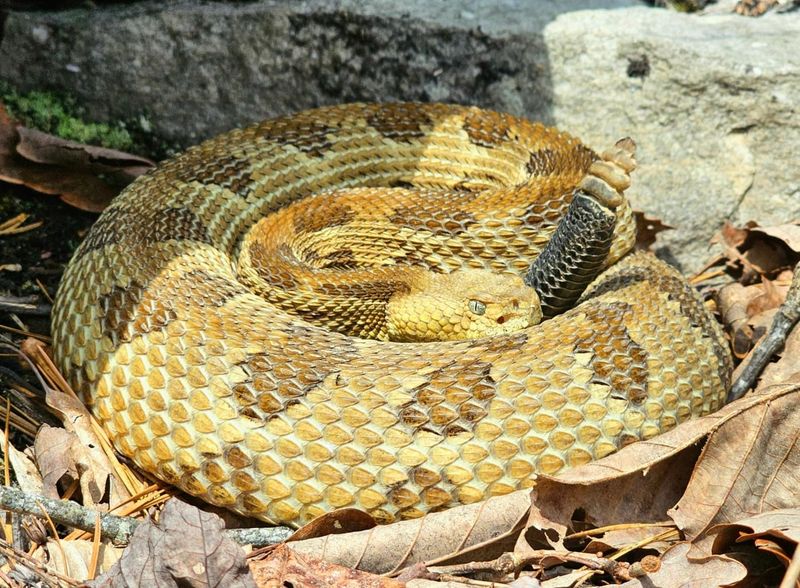
Sunning themselves on ancient limestone ledges, these venomous residents play a crucial ecological role despite their fearsome reputation. Their distinctive rattling warning gives hikers a chance to respectfully detour. With patterns that perfectly match fallen leaves and forest floors, they vanish before most hikers realize they’re near. Conservation efforts now protect these misunderstood predators whose populations have declined dramatically across their range.
River Otters Splashing Through Waterways
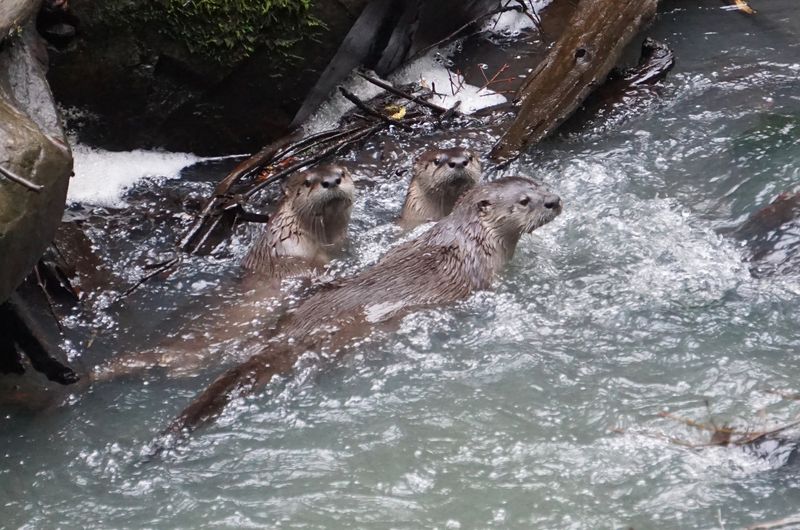
Playful acrobats of Tennessee’s rivers turn everyday fishing into performance art. Reintroduced in the 1980s after disappearing from the state, these charismatic mammals have reclaimed their watery kingdom.
Watching a family group slide down muddy banks or chase each other through currents brings pure joy to lucky observers. Their comeback story represents one of Tennessee’s greatest wildlife restoration successes.
Eastern Hellbenders Lurking In Mountain Streams
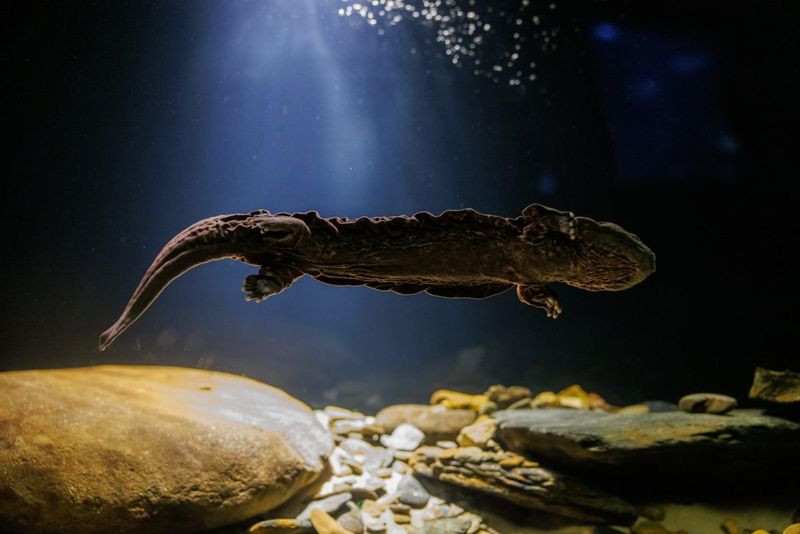
Beneath crystal-clear mountain waters lives North America’s largest salamander – a creature seemingly from prehistoric times. Growing up to two feet long with wrinkled skin and tiny eyes, these gentle giants breathe through their skin in oxygen-rich streams.
Found only in the cleanest waters, their presence indicates exceptional water quality. Nicknamed “snot otters” by locals, these unusual amphibians face threats from sedimentation and pollution.
Wild Turkeys Strutting Through Open Woods
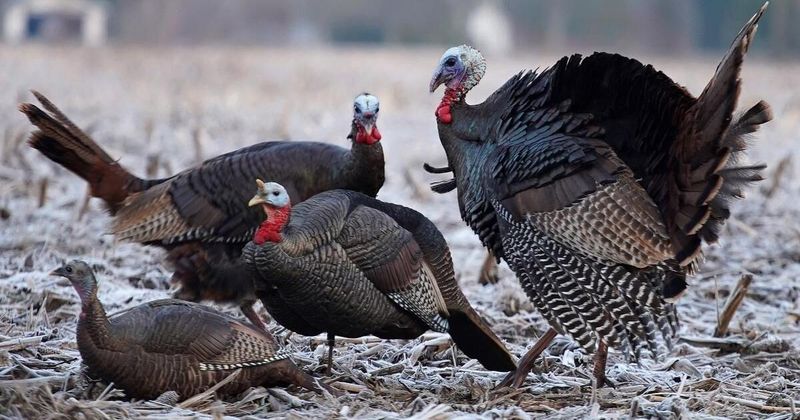
Far smarter than their domestic cousins, these woodland birds display surprising intelligence and social complexity. Males put on spectacular courtship displays each spring, fanning iridescent tail feathers while making distinctive gobbling calls that echo through the hills.
Nearly hunted to extinction by 1920, conservation efforts brought them back from the brink. Now over 300,000 roam Tennessee’s woods, representing an incredible revival story.
Red Wolves Making A Cautious Return
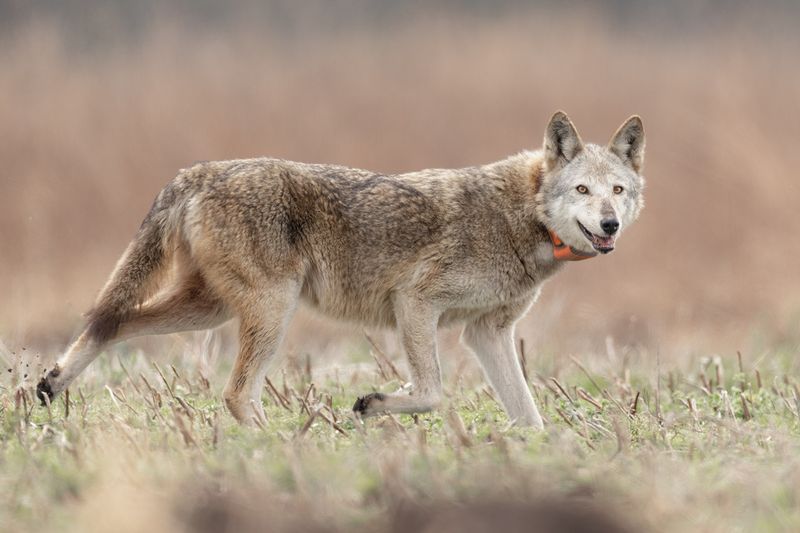
Once declared extinct in the wild, these russet-colored predators are making a tentative comeback in remote corners of eastern Tennessee.
Smaller than gray wolves but larger than coyotes, these endangered canids hunt deer and smaller mammals while avoiding human contact whenever possible. Conservation breeding programs have slowly reintroduced this uniquely American species. Their howls, when rarely heard, remind us of wilderness as it once was.
Peregrine Falcons Nesting On Cliff Faces
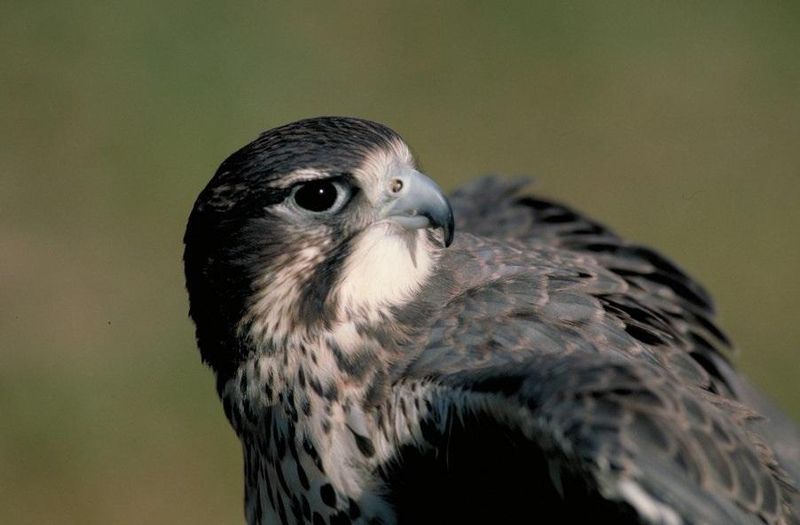
Speed demons of the sky reach over 200 mph during hunting dives, making them the fastest animals on Earth. From rocky cliffs in the Cumberland Plateau, these raptors launch themselves after songbirds and waterfowl. DDT nearly wiped them out in the mid-20th century, but intensive conservation brought them back. Today, watching their aerial acrobatics against Tennessee’s dramatic cliff faces feels like witnessing living lightning.
Alligator Snapping Turtles Patrolling River Bottoms

Prehistoric-looking giants lurk in the muddy depths of Tennessee’s western rivers. With spiked shells that can reach two feet long and powerful jaws that could remove fingers, these ancient reptiles can live over 100 years.
Their bizarre hunting technique involves lying motionless with mouths open, wiggling a worm-like tongue appendage to lure curious fish. Few creatures evoke such primeval wilderness feelings as these living fossils.
Coyotes Adapting To Changing Landscapes

Moonlight reveals shadow-like forms moving through fields and forest edges across the state. Unlike many species that decline with human development, these clever canids have expanded their range despite persecution.
Their haunting yips and howls echo through Tennessee valleys at dusk. Highly adaptable and intelligent, coyotes now fill ecological niches once occupied by red wolves, controlling rodent populations while avoiding human detection.
Cerulean Warblers Flitting Through Canopies
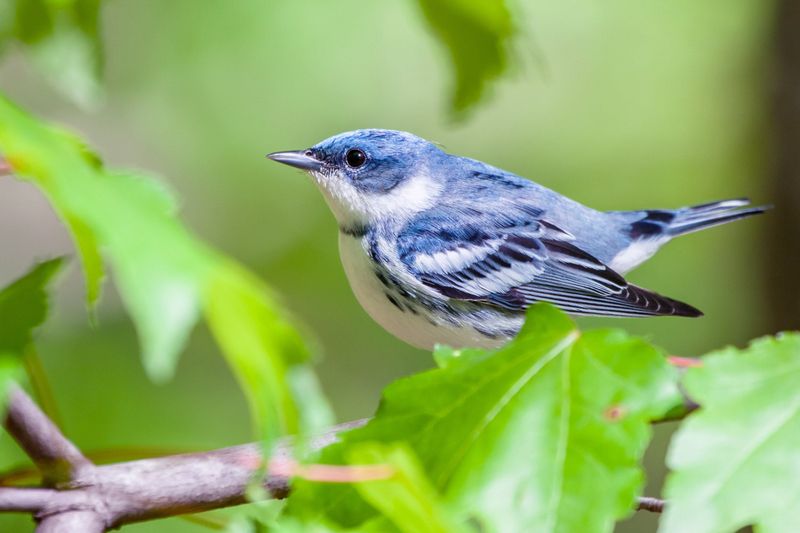
High in Tennessee’s oldest forests flashes a bird the color of summer sky. These tiny migrants travel thousands of miles from South America each spring to nest in specific mature forests across the state. Their populations have plummeted 70% in recent decades due to forest fragmentation. Finding these vibrant blue songbirds requires venturing into Tennessee’s most intact woodlands, where their trilling songs cascade down from the highest branches.
Southern Flying Squirrels Gliding Through Darkness
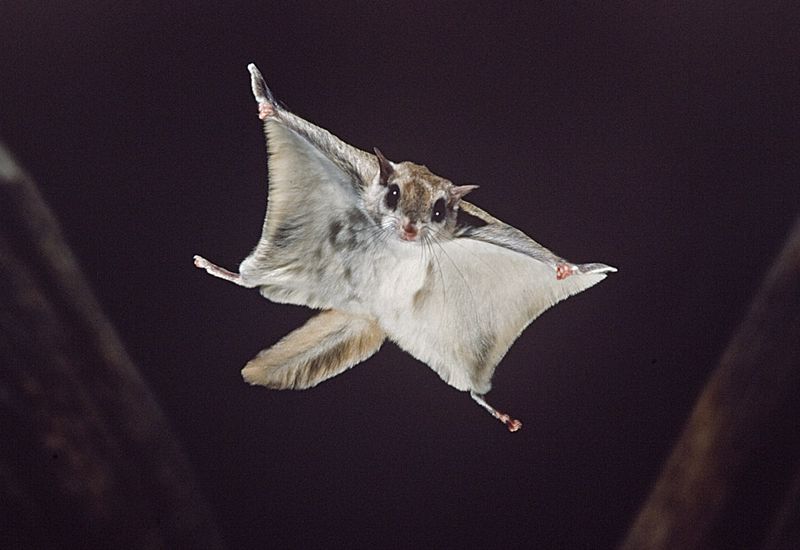
Under cover of night, tiny shadows launch between trees, gliding up to 150 feet through Tennessee’s forests. Much more common than most realize, these nocturnal mammals rarely reveal themselves to daytime hikers.
Large eyes and expandable skin flaps between limbs enable their remarkable aerial abilities. Their secretive nature and cute appearance make rare sightings especially memorable for lucky nighttime forest wanderers.
Hellbender Salamanders Hiding Under River Rocks

Ancient amphibians with wrinkled skin lurk beneath the rushing waters of eastern Tennessee’s cleanest streams. Growing up to two feet long, these flat-bodied salamanders breathe primarily through their skin, requiring pristine, oxygen-rich water.
Often called “snot otters” or “devil dogs” by locals, these harmless creatures face declining populations due to water pollution. Their presence indicates exceptional water quality—a living barometer of wilderness health.
Elk Herds Returning To Mountain Meadows

After a century of absence, majestic bugling echoes once again through autumn valleys in the Smoky Mountains. Reintroduced in 2001, these massive deer relatives now number around 200 individuals who graze in scenic mountain meadows.
Bulls weighing 700 pounds sport magnificent antler racks that can spread five feet wide. Their successful reintroduction demonstrates how Tennessee’s wilderness still contains enough intact habitat to support these magnificent grazers.




